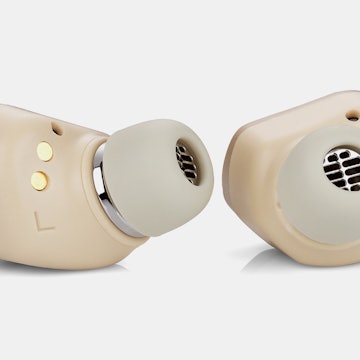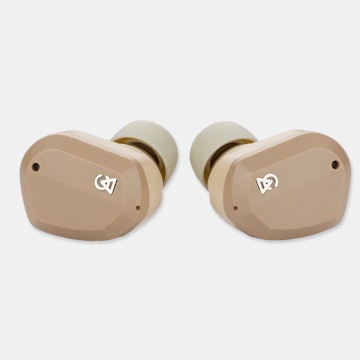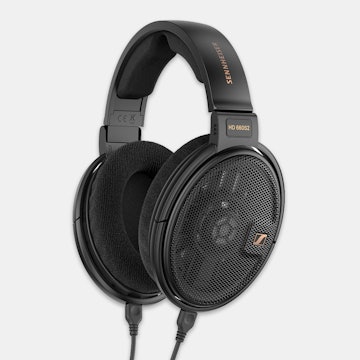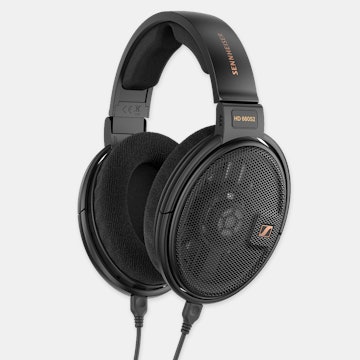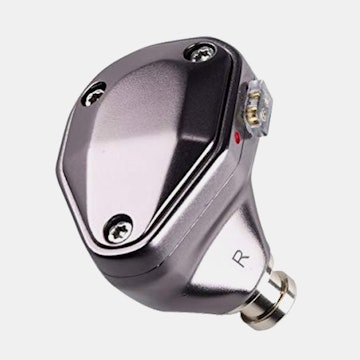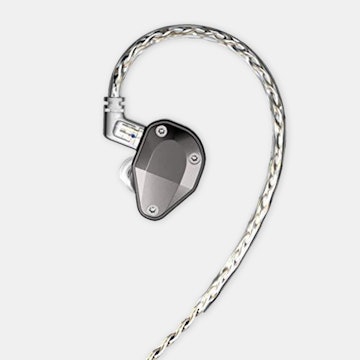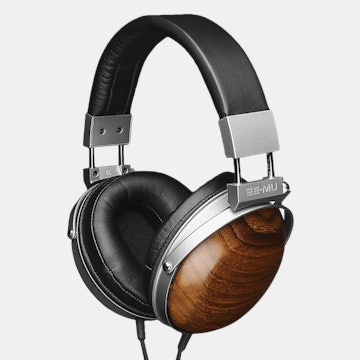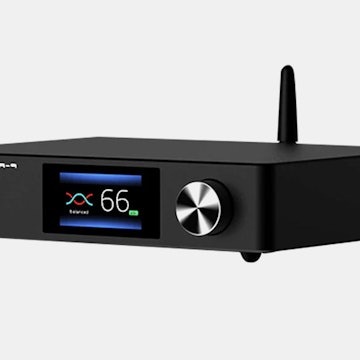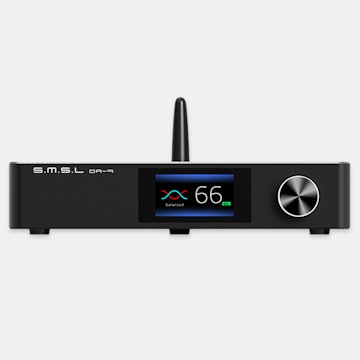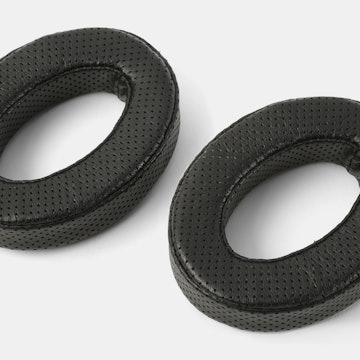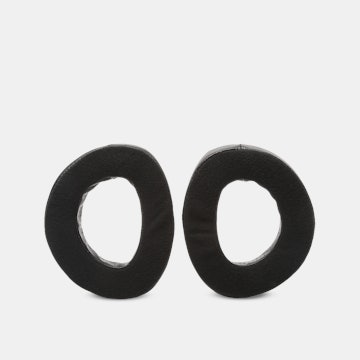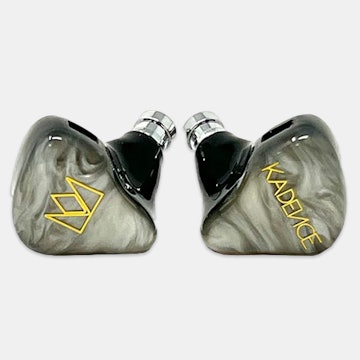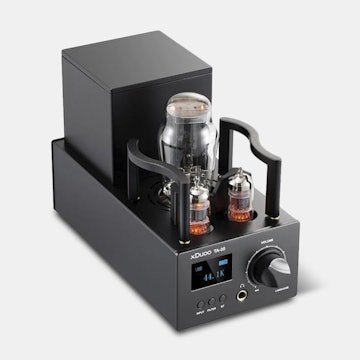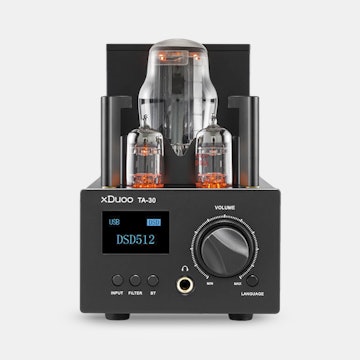Click to view our Accessibility Statement or contact us with accessibility-related questions



Showing 1 of 1589 conversations about:

OneOddPhoton
2
Mar 20, 2020
bookmark_border
I have been using the THX for about 5 months now. Yes it is as good as everyone says, HOWEVER the switch mode power supply included with the unit just does not do the Amp justice.
I replaced it with as 24V 2A Linear power supply and wow, what a difference. Much more weight, control and authority. The detailed presentation is still there, however it (subjectively) sounds like the amp has gained a couple more Watts (not literally of course).
I am using the HD 580, HD 600 and the HD 6XX but most notably, the hardest to drive Headphone on the planet, the HiFiMan HE-6SE. It was on the latter I noticed the most difference.
Of course, if you are using sensitive Headphones and/or IEMs then the stock PS will suffice.
(Edited)
Matthias1979
15
Mar 20, 2020
bookmark_border
OneOddPhotonVery interesting what you are writing about. I'm using the 789 for 3 months now and I'm interested in trying out what you've tried with replacing the stock power supply. I have some questions to you later in the text but let me tell you first some other improvements I've noticed with the amp that you might also already experienced.
- In the first hours/days of using the 789 ist sounded very great but also somehow flat. After a certain burn-in-period it got more depth and improved in cetrain aspects of the sound quality. In the first 50 hours the low-end improved further and also the high-end got a little smoother. After about 100 hours and more the high-end still improved.
- I only use the single-endet output and my headphone is the Beyerdynamic DT 1990 PRO. In the first days I listended to music by using the mode gain-2. That happed also until and over the period where at first the 789 still sounded flat until a certrain burn-in period. By using gain-2 I had to turn up the volume to about 80 percent to listen to a certain loudness. After some time I just tried mode gain-3 (and of course I had to turn down the volume knob because the music got louder with gain-3) and noticed that the sound got more depth, more clarity and control, better channel separation, better instrument separation and a wider soundstage while listening to a similar volume-level while comparing sound quality between gain-2 and gain-3 settings. The highs turned from silky/glassy (with gain-2) to crystalline (with gain-3), which I liked.
(Edited)

Charminbaer
23
Mar 29, 2020
bookmark_border
Matthias1979You basically have to use the exact same voltage, that is the most important aspect!
If the voltage is too low, your unit wont work properly because it is designed for exactly 24V DC.
And if you use more than 24V DC you will probably kill your amp, so don´t ever do that ;)
As for ampere rating, it is only necessary to get at least as much as the original powersupply has.
More does not hurt and is actually better sometimes.
In regards to soundquality it is important to get a powersupply that has very low ripple and noise specs.
Unfortunately those are not always specified by manufacturers.
Rule of thumb is that linear supplys have less of both because of how they convert AC to DC.
SMPS generally have more of the 2 before mentioned (there are exceptions with very well engineered ones) and additionally have a lot of high frequency switching artifacts (kilohertz to megahertz range).
Since the THX789 uses a SMPS I guess DROP specifically tuned its powerfiltering stage to cancel out the switching artifacts of this exact SMPS model they are using. So using another different SMPS could lead to worse soundquality.
Using a good linear powersupply though is almost always the better option in terms of soundquality.
The only downside is that it consumes considerably more power (~40-50% worse efficiency than SMPS).
The real question though is whether it is worth it. Good linear power supplys cost over 100€. More like 200€
That´s half the price of the THX.
I myself would rather invest in a good source (High quality Audioplayer) and DAC, because the amp is only as good as what those two feed into it.
But that is something everyone has to decide for themselves. ;)
(Edited)
Matthias1979
15
Apr 1, 2020
bookmark_border
CharminbaerHello "CharminBaer", thank you very much for joining this conversation and answering questions to my post – and also answering "around the corner".
I hoped I could at least try to get a SMPS with 2.0 Amperes of output. But for the reason you mentioned (concerning very low ripple and noise specs) I now will step away from that idea, because I don't want to go a step back in sound quality if a new SMPS would cause switching artifacts. I also think that Drop already optimized the stock SMPS on the basis of your mentionings.
I already saw that linear power supplies are not cheap and the fact that they are consuming considerably more energy this is also a point where I also want to step back from that solution.
Like I wrote in my posting in the past year I already invested in certain hardware aspects to optimize the sound quality here and there. But as soon as one calls himself an audiophile then the longing for making the sound better and better even if it already sounds amazing is there. And of course when you read that you can optimize at a certain point where you didn't think of before an optimization can be made at all (power supply) then... :-)
There one more side question i'm thinking about: As I checked those linear power supplies I saw that they all have the same "electric ports" (where those cables of electiricians can be put in for testing purposes). With the endings of those cables one would not be able to put those on the power-port of the 789. So there must be some kind of adapters or specific cables. I don't know how that works but as this linear power supply-option is consuming too much energy I step away from that and therefore the answer on the cables is not needed. But if you know the answer, than tell me how that works anyway if you like. :-)
(Edited)

